1. Ignoring Sunlight Requirements
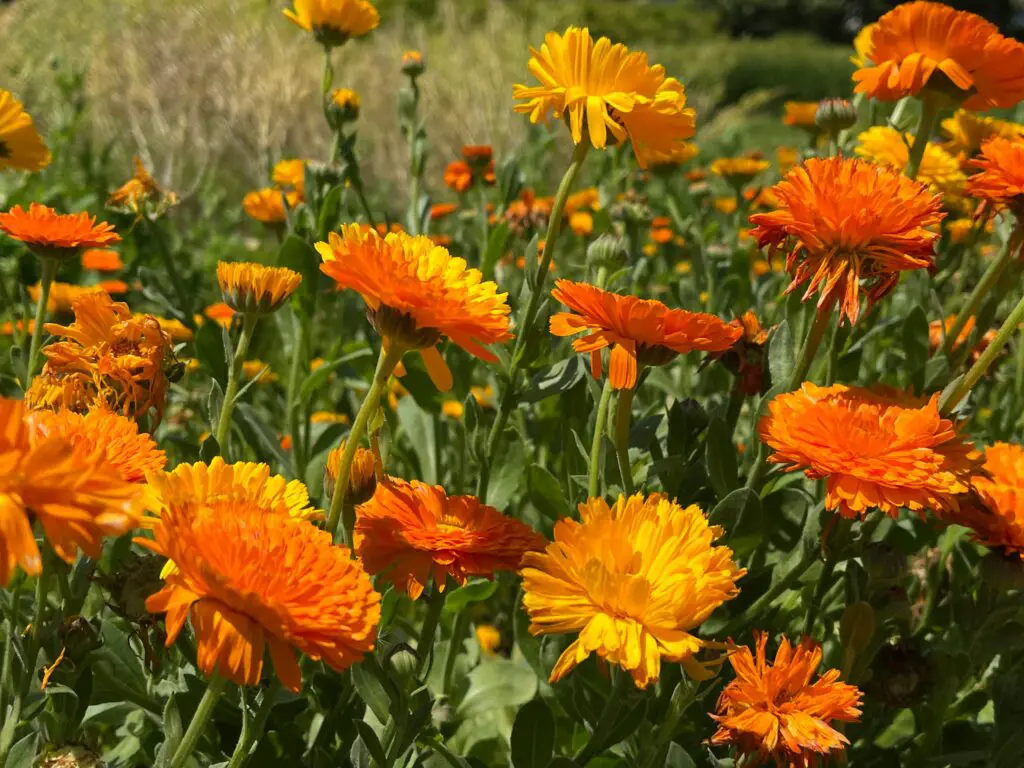
Placing shade-loving plants in direct sun or sun-loving ones in the shade can be disastrous. Check each plant’s light needs and position them accordingly for optimal health.
2. Overwatering Your Plants

Too much water can drown roots, leading to rot and stunted growth. Many plants thrive with consistent but moderate watering, so ensure your soil drains well and only water when necessary.
3. Using the Wrong Soil
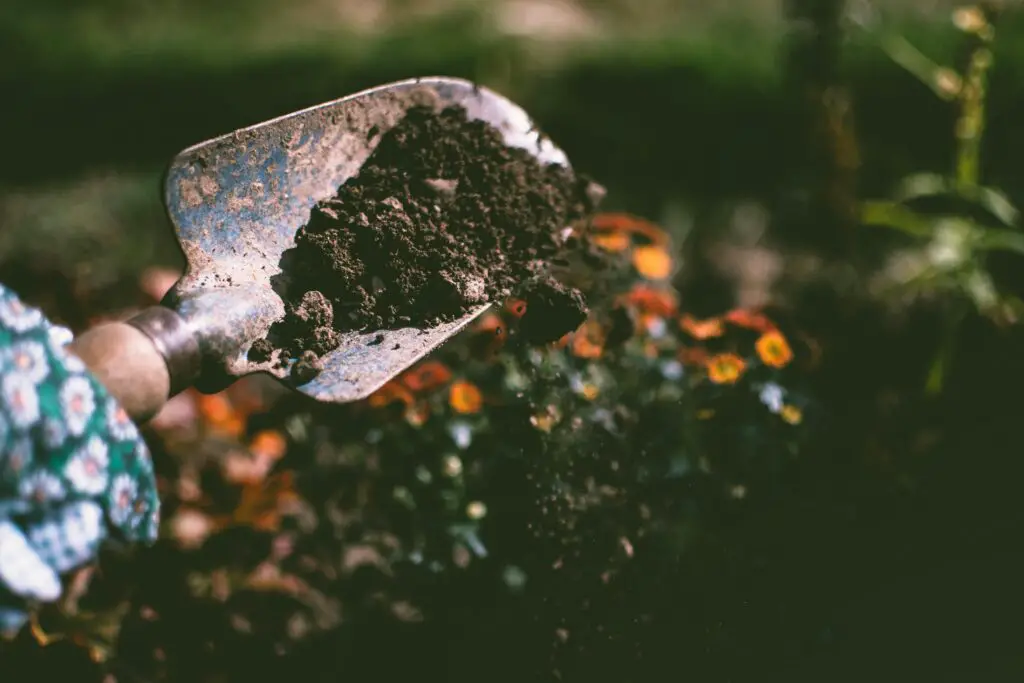
Not all plants can grow in generic soil. Acid-loving plants like blueberries need specific pH levels, while succulents thrive in sandy, well-draining mixes. Research your plant’s needs to choose the right soil type.
4. Planting Too Deep or Too Shallow
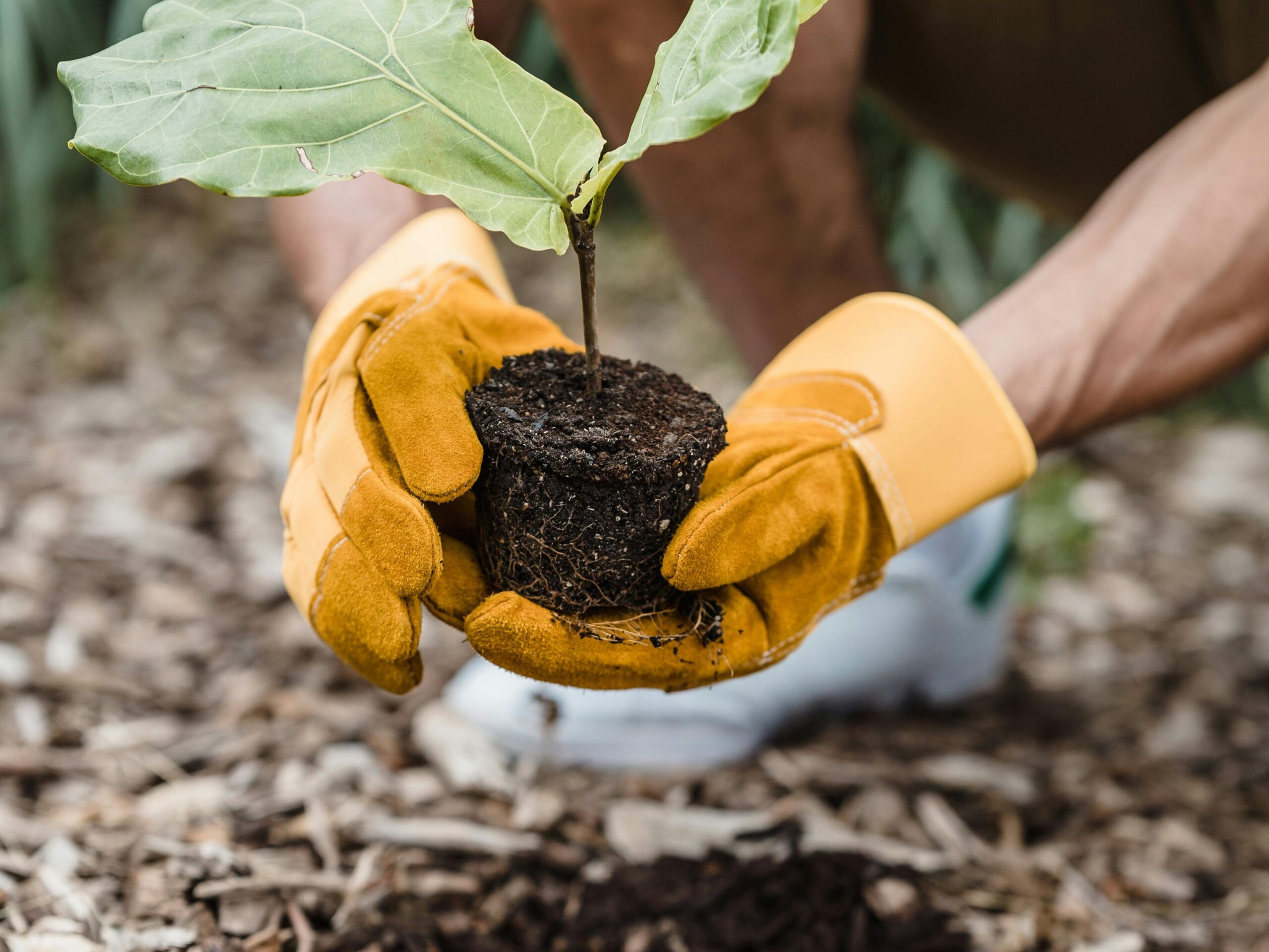
Burying roots too deeply can suffocate them, while planting too shallow leaves them exposed. Aim to plant at the same depth they were in their nursery pots or slightly deeper for support.
5. Forgetting to Fertilize
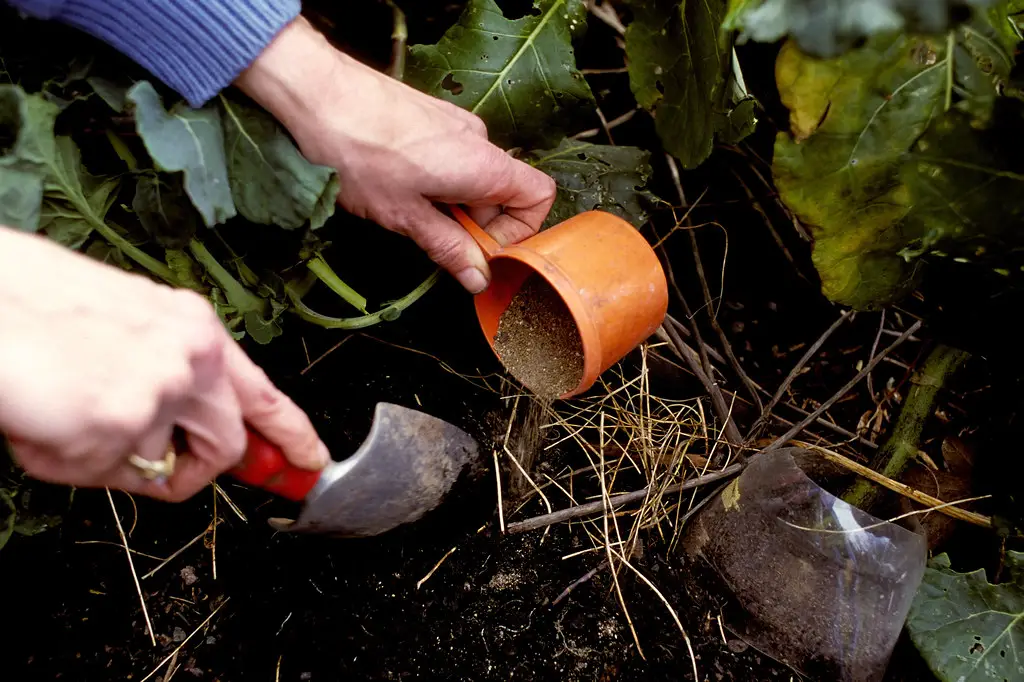
Plants need nutrients, but many gardeners skip fertilization altogether. Use the right type and amount of fertilizer based on your plant’s specific requirements to promote healthy growth.
6. Pruning at the Wrong Time
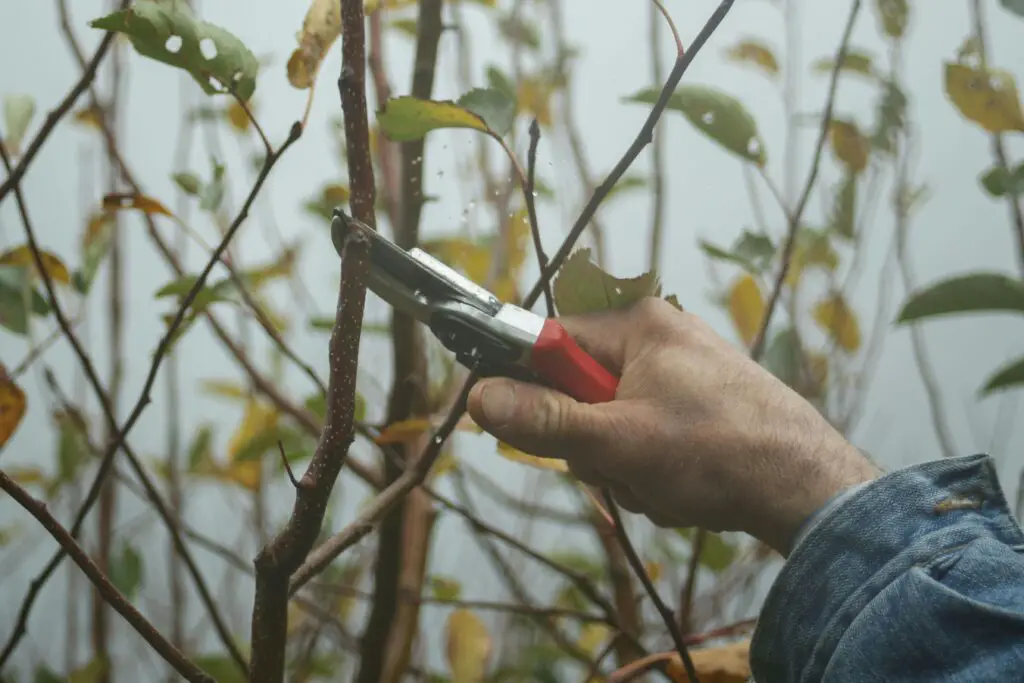
Pruning too early or too late can harm your plants, especially flowering or fruit-bearing ones. Research the ideal season and method for trimming each type of plant in your garden.
7. Planting Invasive Species
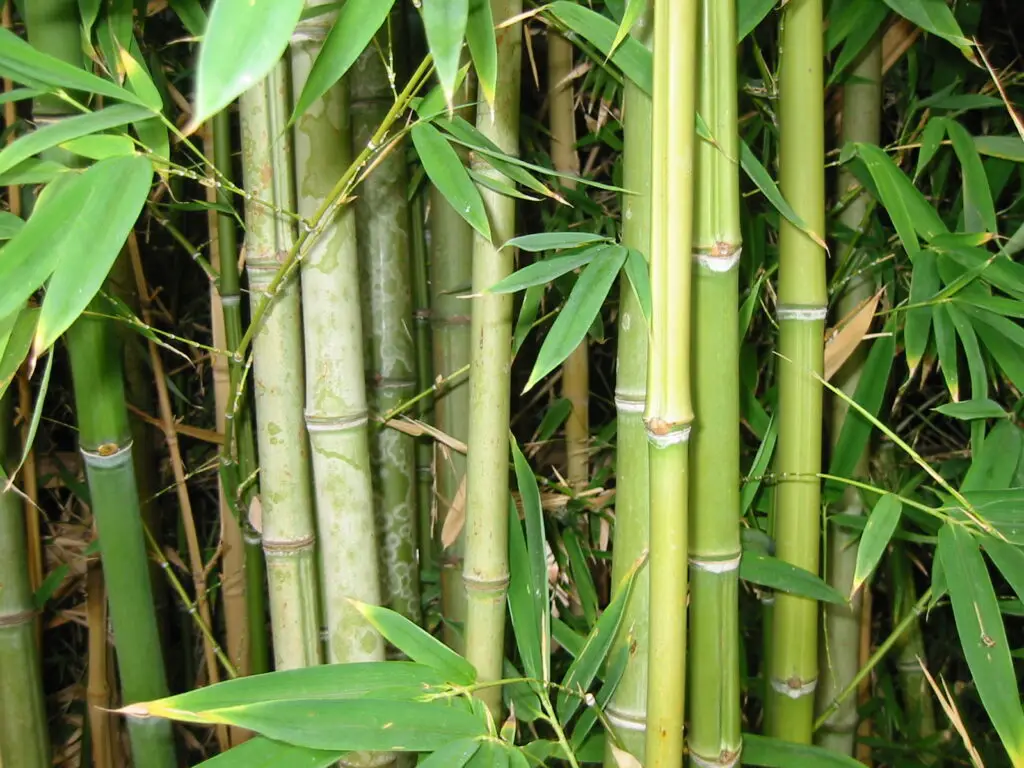
Some plants, like mint or bamboo, spread aggressively and choke out other plants. Keep invasive species in pots or avoid them altogether to maintain balance in your garden.
8. Using Pesticides Unwisely

Spraying pesticides indiscriminately can harm beneficial insects like bees and ladybugs. Opt for organic or targeted solutions to address pests without disrupting the ecosystem.
9. Overcrowding Your Plants
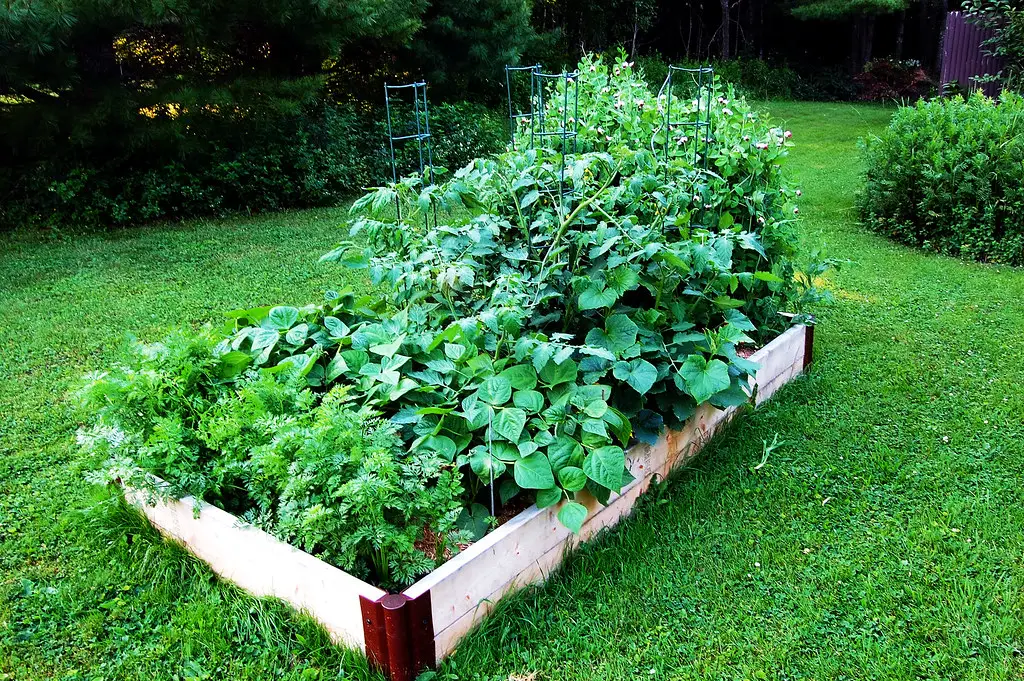
Spacing plants too closely prevents proper airflow, making them more prone to diseases. Follow recommended spacing guidelines to allow each plant to grow fully and remain healthy.
10. Neglecting Mulch
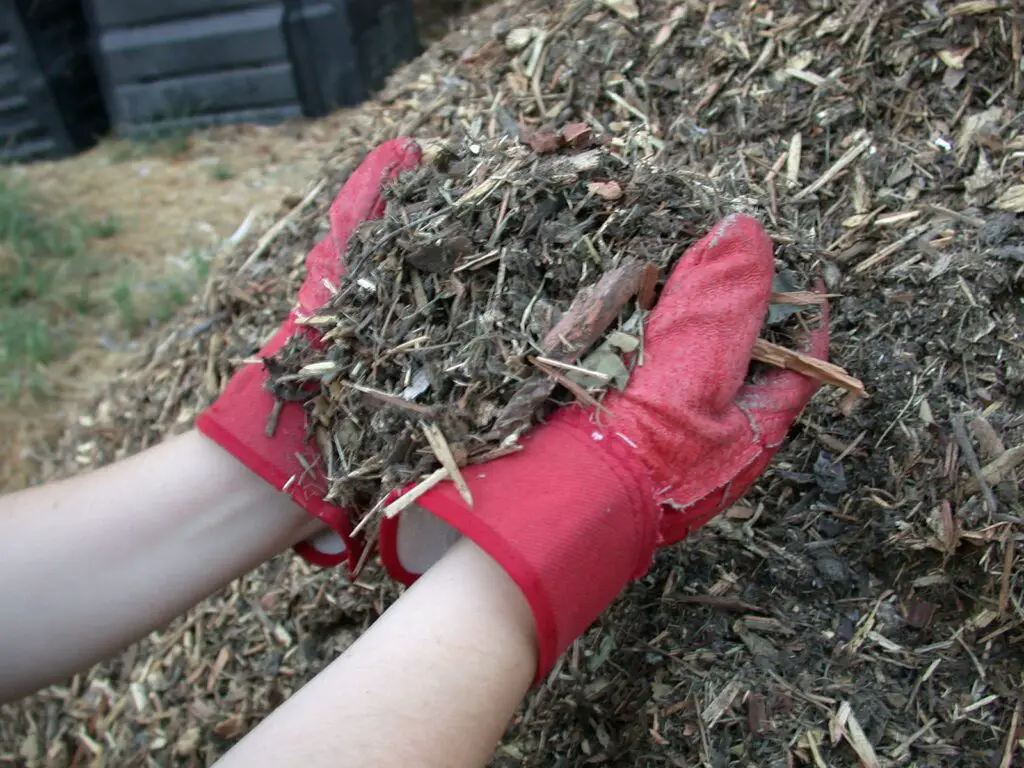
Skipping mulch can lead to moisture loss and weed overgrowth. A layer of mulch helps regulate soil temperature, retain moisture, and reduce weeds—an essential step for thriving plants.
11. Failing to Rotate Crops
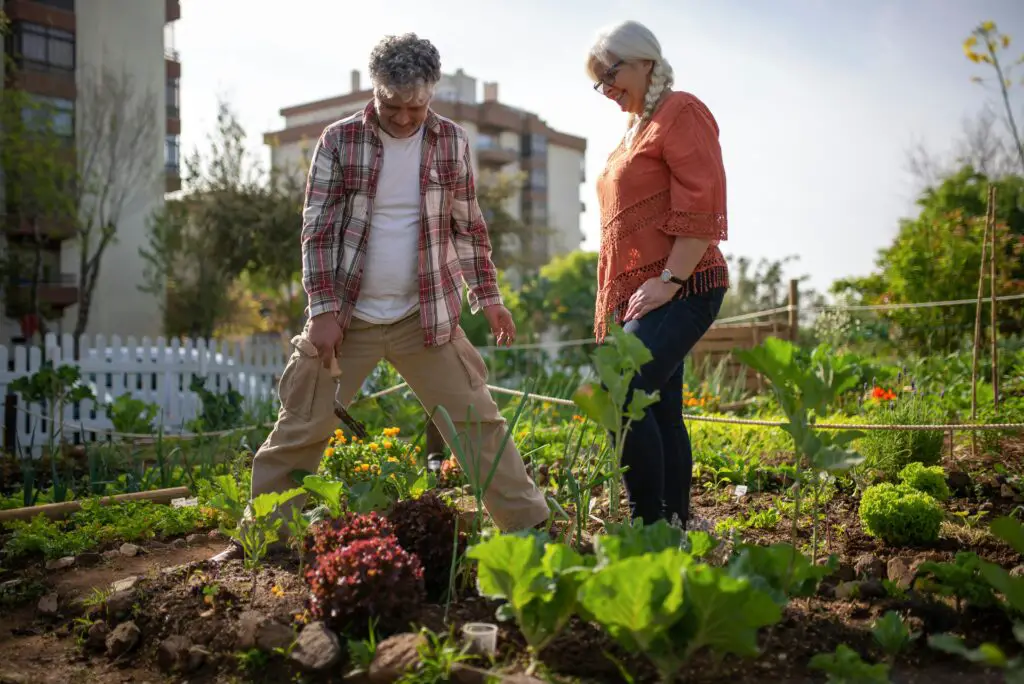
If you grow vegetables, planting the same crops in the same spot year after year depletes the soil and invites pests. Rotate crops annually to maintain soil health and reduce pest issues.
12. Ignoring Pest Warning Signs
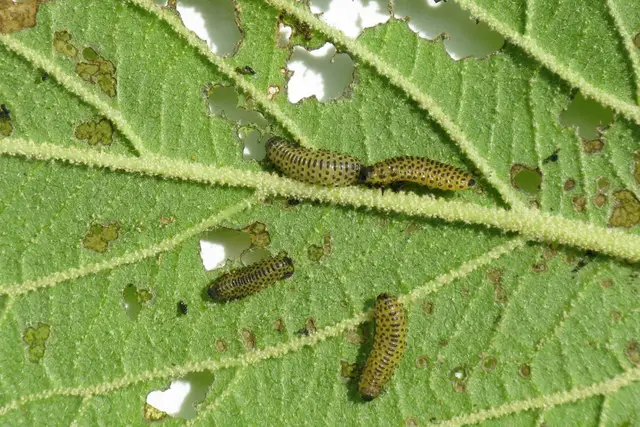
Yellowing leaves, holes, or sticky residue are often early signs of pests. Regularly inspect your garden and address issues promptly with natural remedies or pest control products to prevent infestations.
By avoiding these common mistakes and focusing on your plants’ unique needs, you can create a lush, thriving garden! 🌱
